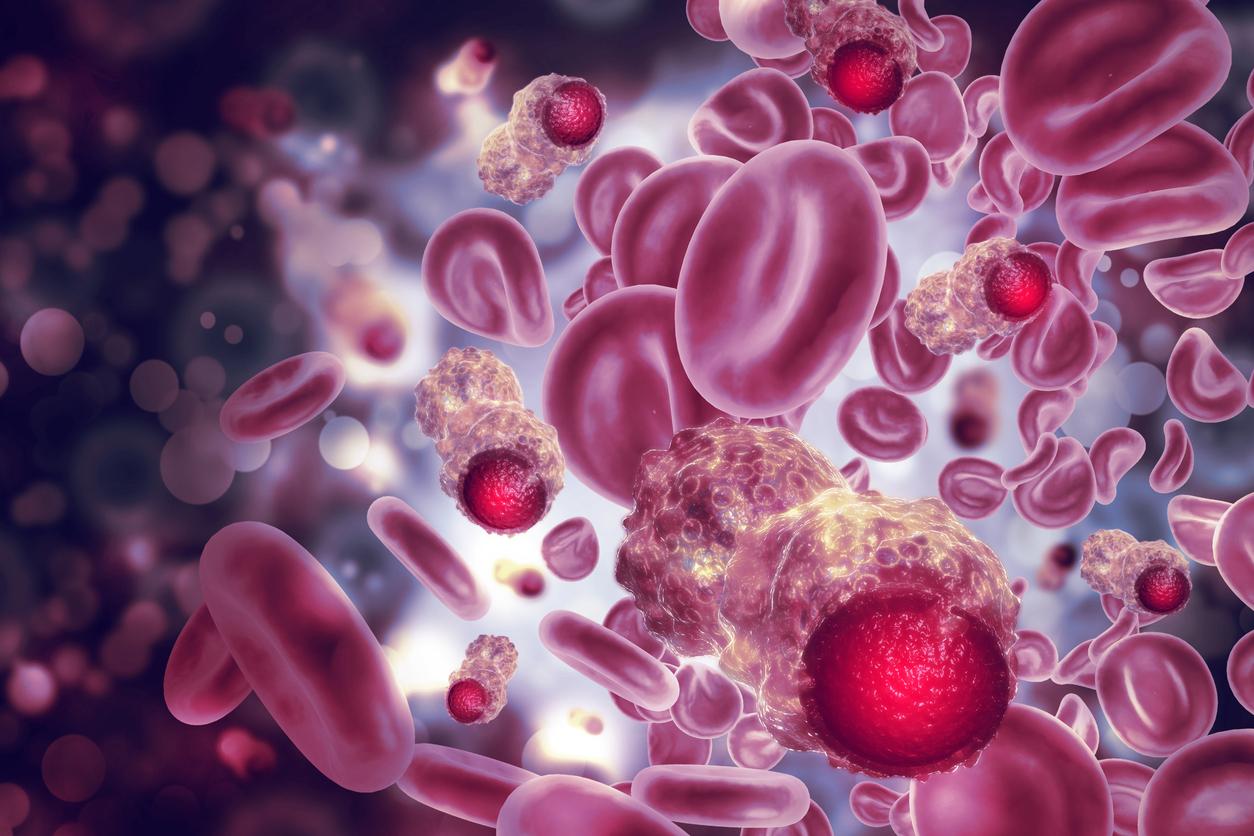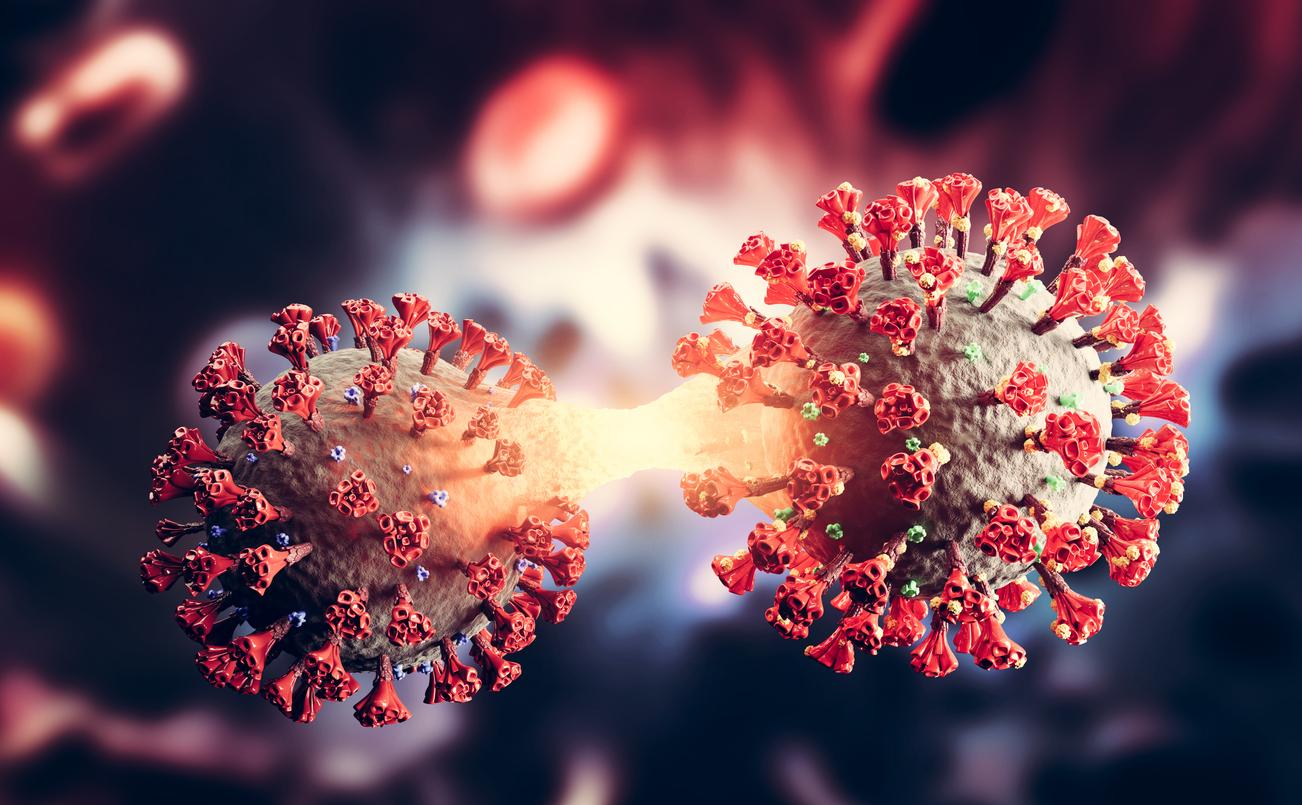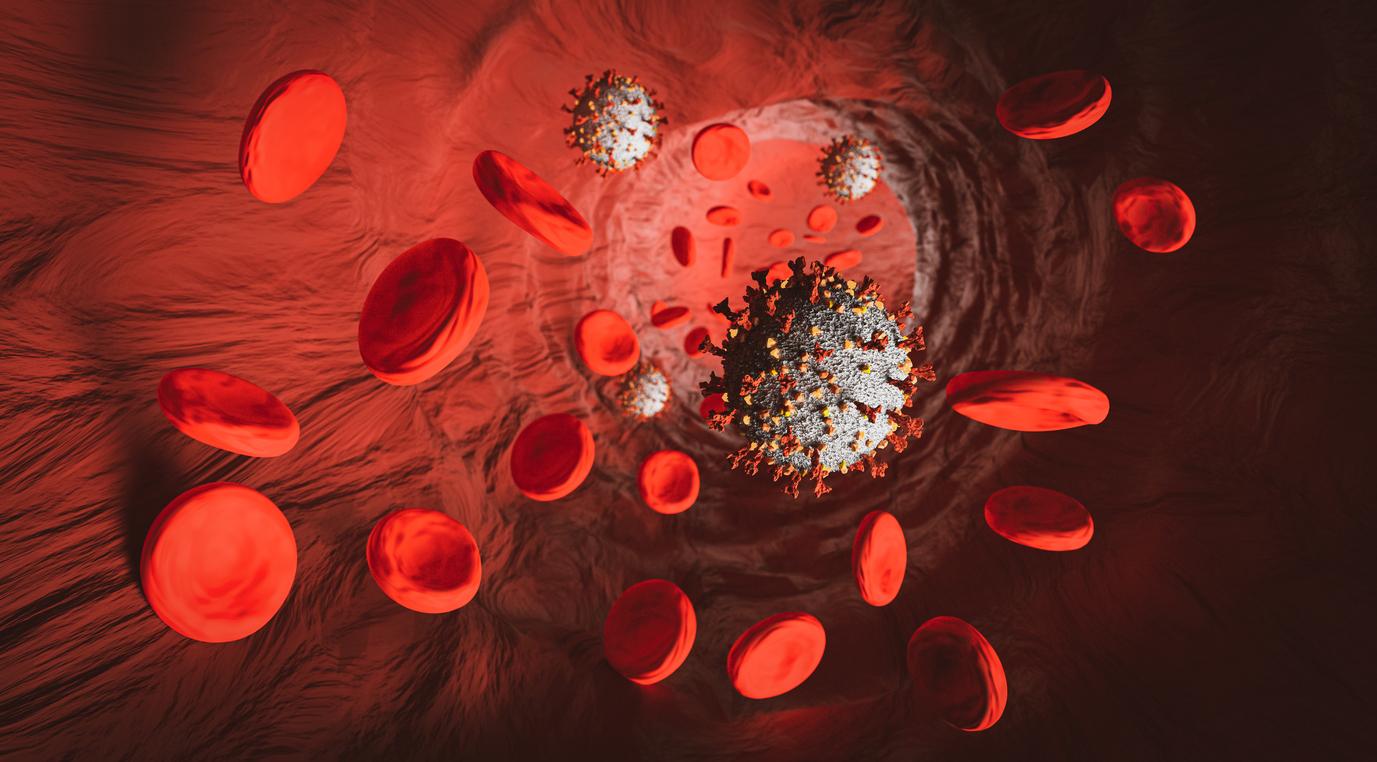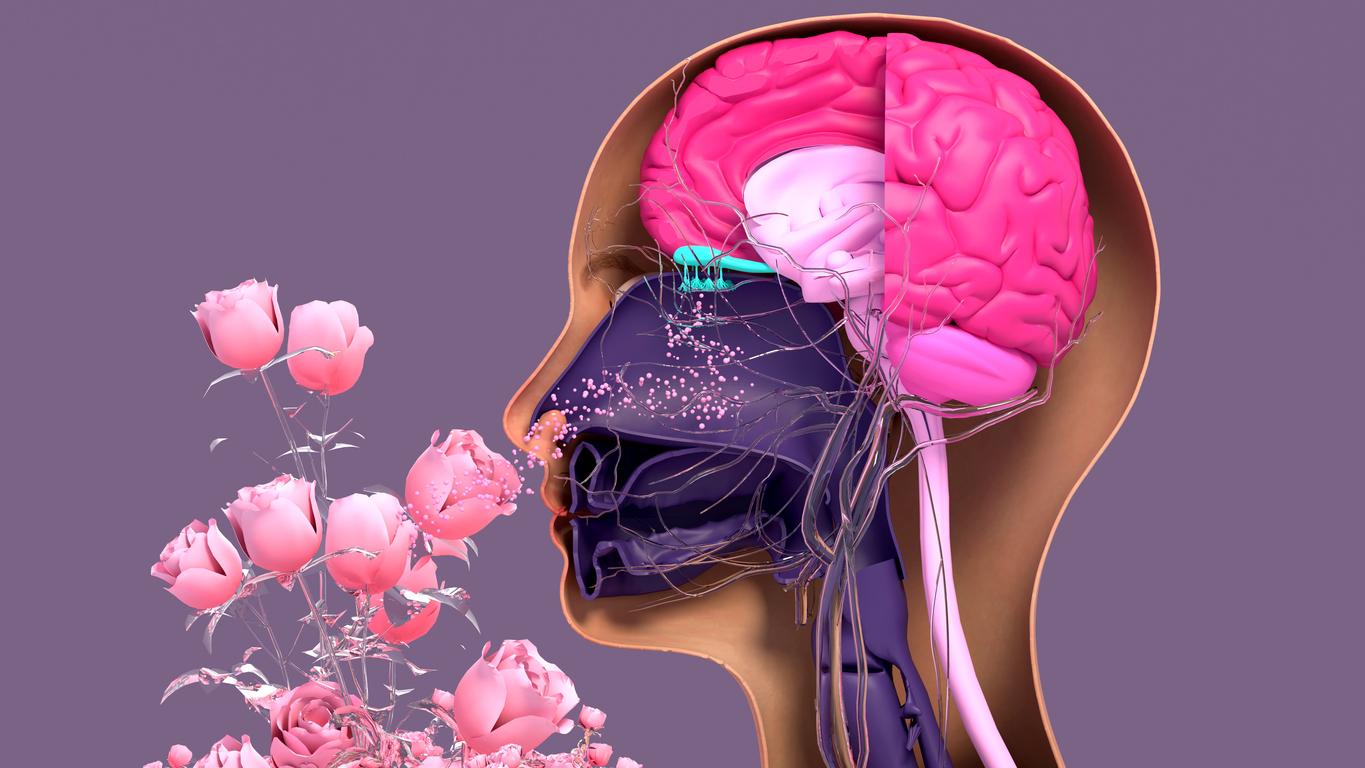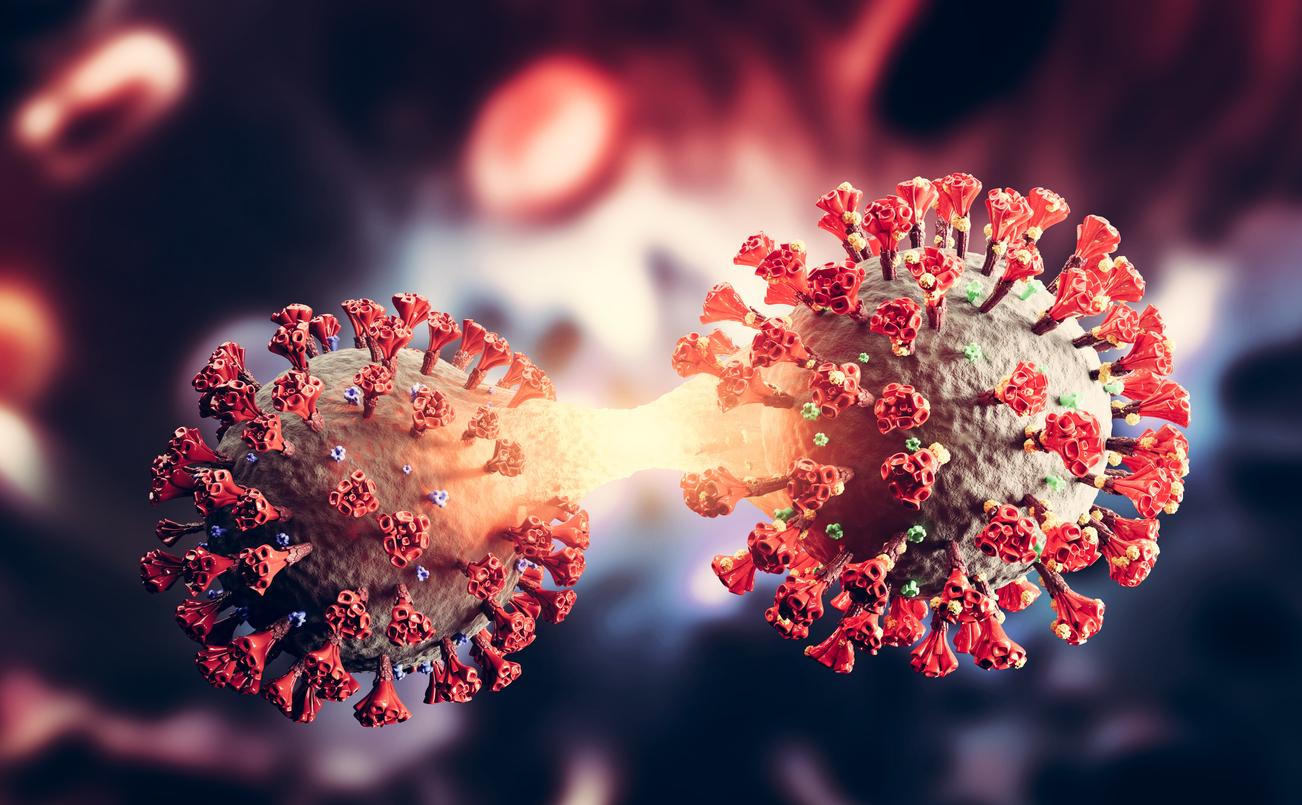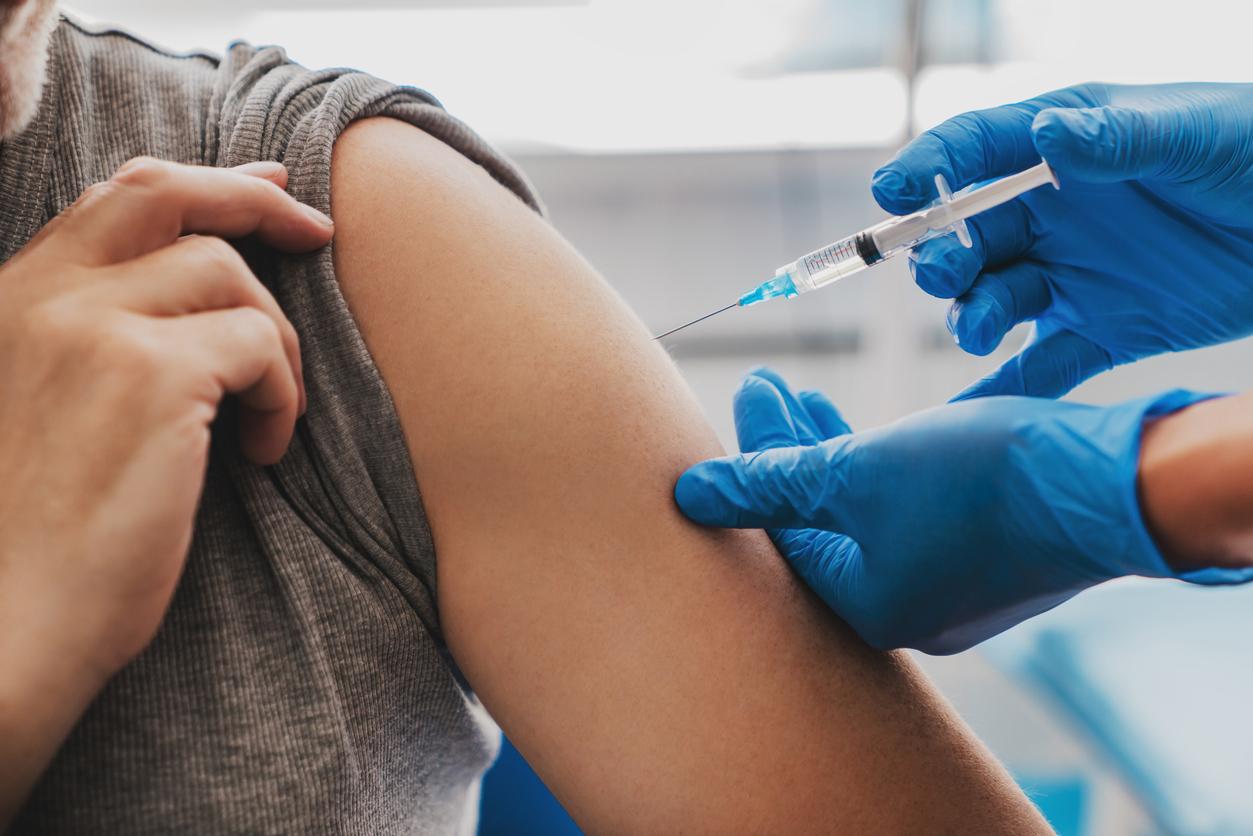The goal of two American researchers to recreate an electronic nose could allow people suffering from long Covid to regain their sense of smell.

- The loss of smell, or anosmia, is one of the symptoms of the long forms of Covid which concerns 10 to 20% of people who are victims of the Sars-CoV-2 virus according to the WHO.
- According to Inserm, women and the elderly are more likely to see this symptom persist than men or younger people.
It is a project that could give hope to all those whose nose is no longer functional, and in particular those who suffer from this symptom of the long forms of Covid-19: Richard Costanzo, professor emeritus of physiology and biophysics and Daniel Coelho, professor of otolaryngology at Virginia Commonwealth University (VCU) and expert in cochlear implants, are indeed on the trail of an electronic nose associated with a brain implant to allow people who have lost smell to smell odors again.
Smell: the human olfactory circuit is very complex
Together they discovered that an olfactory prosthesis could be similar to a cochlear implant – those used to improve the hearing of people with severe deafness. And even if the commercialization of a viable product is not for now, the project could succeed, can we read in an article published in the November 2022 issue of Spectrum magazine under the title “A bionic nose to smell the roses again“.
The ambition is huge. Indeed, a human nose has 400 different types of olfactory sensors, capable of distinguishing 1,000 billion odors and it is not easy to completely short-circuit the olfactory circuit.
Bionic nose technology not yet perfected
For now, the team is working to get the sensors to pick up more than just a few smells. This could take time: the current prototypes do not recognize more than a few dozen perfumes. The goal is also to find the best way to transmit the signals recorded by the sensors to the brain, another major challenge because the path taken by the olfactory signals is very sophisticated.
The problem that arises in particular for the two researchers is in fact to know in which parts of the brain to inject the signals recorded by the electronic nose… Mr. Costanzo is confident: “JI think it will take us several more years before we get there” did he declare. “But I think it’s doable“.
Waiting, researchers Instead, they rely on stem cells to refurbish areas of the nose altered by Covid-19.









